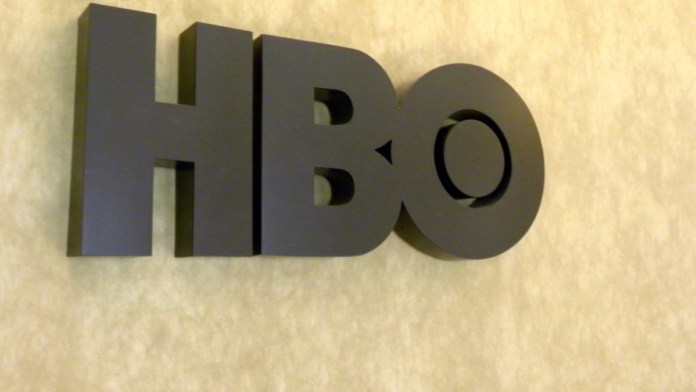HBO has broken through the cable industry’s internal debate over merits and timing of a move to MPEG-4 compression with a decision that is sure to shake up strategic planning across the MSO and programming segments of the industry.
Without fanfare in an informal setting that caught operators by surprise, HBO CTO Robert Zitter let it be known that when his company begins a move to HDTV beginning the end of this year, it will use MPEG-4 AVC (Advanced Video Coding) compression to deliver the HDTV versions of all 26 HBO and Cinemax channels to cable and telco headends. Most operators had assumed the programmer would either stick with MPEG-2 or simulcast channels in both MPEG-2 and MPEG-4 formats to accommodate the disparate delivery modes in cable and telco IPTV.
However, Zitter, speaking at a breakfast meeting prior to the opening of the Society of Cable Telecommunications Engineers Cable Tech Expo conference in Orlando in June, made clear the economies of operating in MPEG-4 mode were too compelling to ignore. The compression technology is definitely ready “for prime time,” he said. “We think we’ve reached the tipping point for high-def.”
This assessment defies the assertions widely voiced in cable circles that MPEG-4 AVC is still a work in progress that will not be ready for deployment by cable until many months hence. In comments typical of this view, a technology expert in cable, speaking on background, last month told ScreenPlays the telephone industry’s claims regarding use of MPEG-4 were largely hype owing to the limited amount of bandwidth savings that could be accomplished at quality levels that meet industry performance standards. “It’s not worth the cost if you can’t get more than three channels of HDTV into a 6 MHz channel using AVC,” he said.
But Zitter said HBO would be transmitting at 8 megabits-per-second, including an allotment of about 1 mbps for “overhead.” This puts the audio/video transmit payload for quality levels acceptable by HBO at around 7 mbps, which means that four and possibly even five HD channels would fit into a 6 MHz RF cable channel using 256 QAM (quadrature amplitude modulation) technology, which delivers 38 mbps per 6 MHz channel.
Given HBO’s clout, cable operators have no choice but to invest in the headend transcoding equipment that will be required to recode the HBO feeds to MPEG-2 for delivery to legacy set-tops in the field. As a result, other programmers are likely to feel they too can exploit the satellite transponder cost savings that go with greater bandwidth efficiency.
This, in turn, will open a direct MPEG-4 path for delivering HD content to advanced hybrid set-tops with MPEG-2 and MPEG-4 decoding capabilities. This pass-through efficiency should serve to expedite deployment of such set-tops, opening a faster track to wider use of MPEG-4 in cable.
Comcast, for example, is planning to test new Residential Network Gateway set-tops capable of decoding in both formats starting the second half of this year. Sources say commercial rollouts are scheduled to begin in early 2008.


